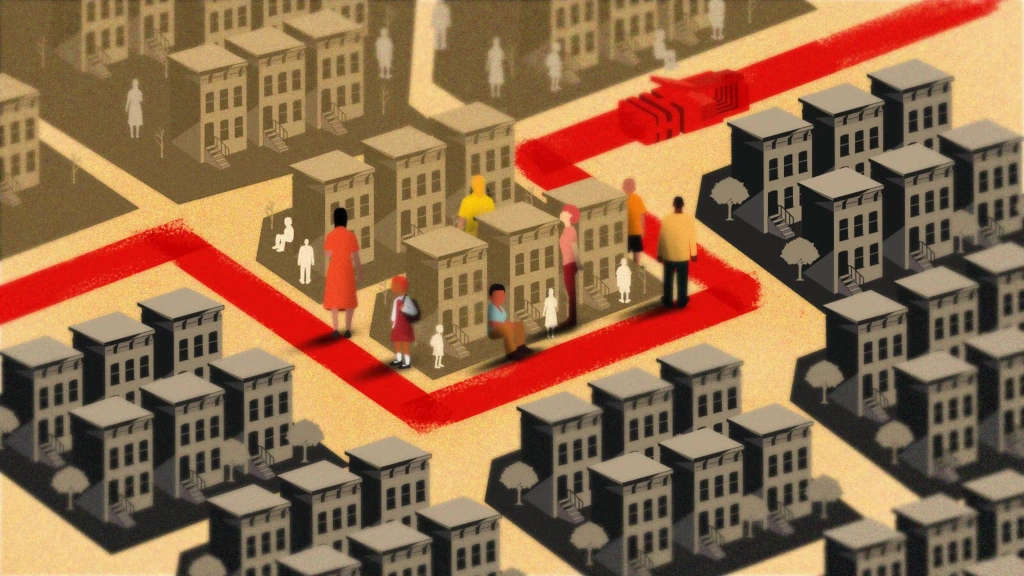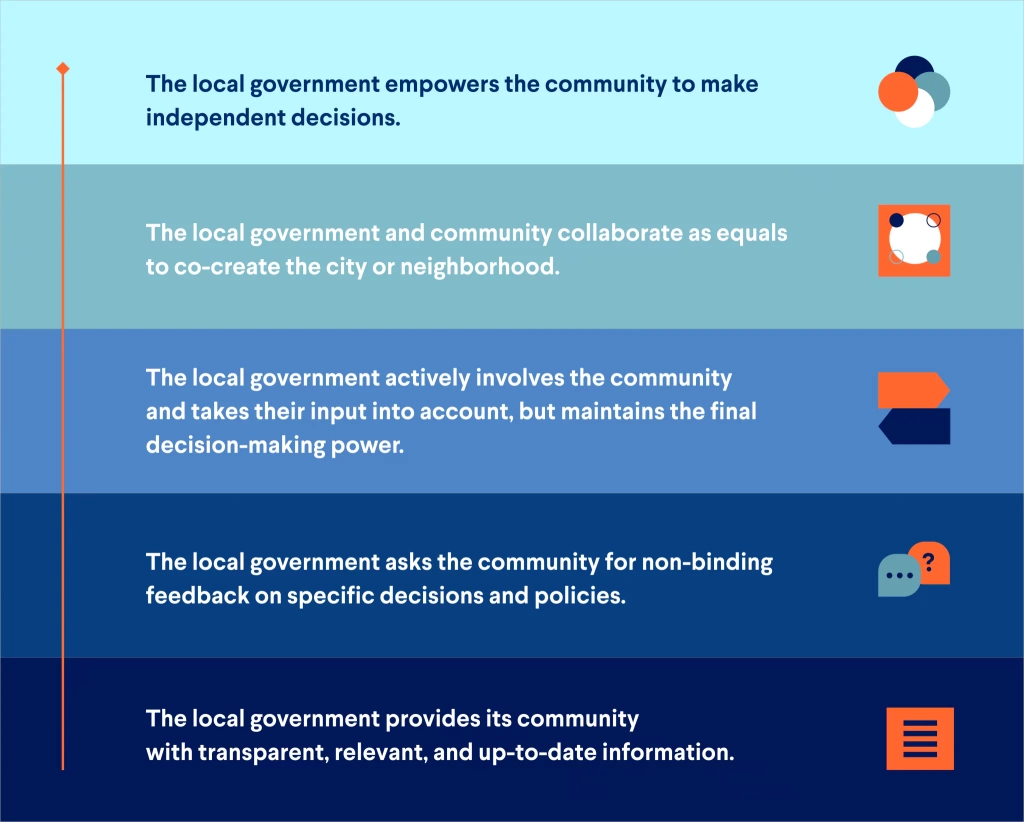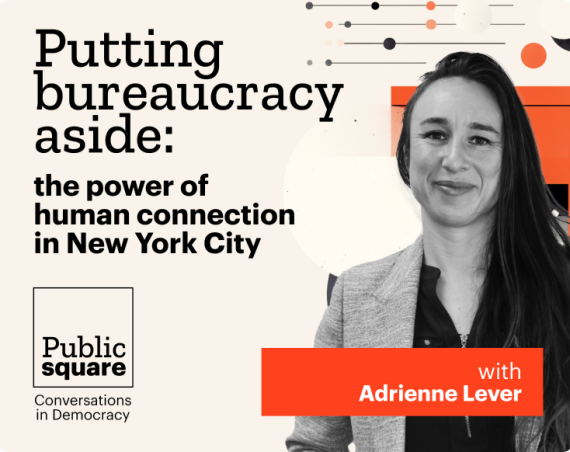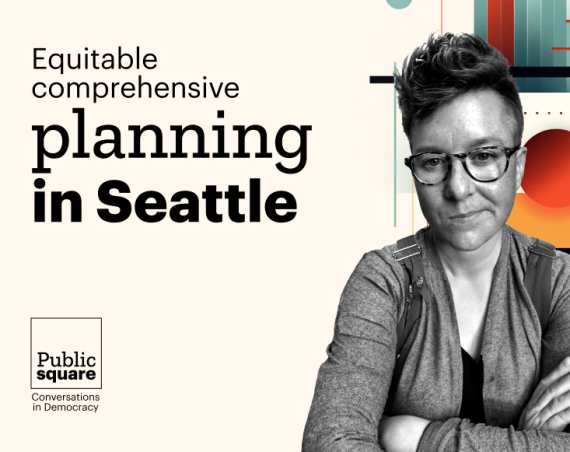We are living in an increasingly digitized world. Today, it’s hard to fathom that even just 30 years ago the internet wasn’t widely available. The internet has created a fundamental shift in the way we live our lives and it serves as the foundation of significant areas of employment, access to essential services, and cultural and civic participation. But in some communities in the United States, those benefits haven’t been as widely felt. Due to lack of affordability and digital redlining, an issue we’ll touch on later, an estimated 42 million Americans do not have access to broadband.1 This lack of digital equity can make representative community engagement a rather significant challenge.
For local governments to successfully tap into their city’s diverse collective intelligence and build inclusive community engagement initiatives, they must address the causes of digital inequity in their cities, define interim solutions to engage with all of their residents, and commit to initiatives aimed at ending the digital divide.
What is digital equity, and why is it important to local governments?
At its core, the digital equity movement is fighting for a world in which all individuals have the information technology capacity needed for full participation in our society, democracy, and economy (National Digital Inclusion Alliance). While this fight is not new, the COVID-19 pandemic forced people online even more – for everything from work to school to community engagement – and emphasized our reliance on digital tools. This has further exacerbated the digital divide, and has put pressure on the movement to include more local government champions.
There is significant opportunity and progress being made towards digital equity, but these projects can take a long time, and many Americans are still being left in the dust. Due to digital redlining, internet companies do not invest in lower socioeconomic communities – which are disproportionately communities of color – based on the discriminatory investment decision that they will not make a profit. This, along with the lack of affordability and knowledge in other areas, leaves many people disconnected.

As local governments continue to embrace new technologies and digital tools in community engagement, it’s crucial to address digital equity at the forefront of these plans to make sure they are reaching their entire community. While federal funding from the Infrastructure Investment and Jobs Act (IIJA) and the Broadband Equity, Access, and Deployment (BEAD) program is the driver of the movement at the moment, according to Vinchent Le from The Greenlining Institute it will take a hyperlocal approach on everything from gathering local data to strategically distributing the funding to end the digital divide.
So what actions can local governments take to make sure that this digital revolution is equitable and accessible to everyone in their communities?
Prioritize infrastructure bill funding for digital equity in your community
With so many potential areas to choose from, it can be difficult to know what to prioritize when looking to strategically make use of the IIJA funding available. One substantial area of emphasis in this bill is the expansion of accessible and affordable broadband. Targeted towards underserved areas that lack access to reliable broadband, $42.5 billion dollars in state grants will be allocated towards ending the digital divide across America. Covering topics from broadband deployment to connecting community anchor locations to broadband data collection and mapping, this funding has significant potential to help bring your community online.
Once your community is online, the potential for growth and engagement is almost limitless. Right off the bat, civic participation and community engagement will become more accessible. According to the Council of Economic Advisers to the Obama White House, increased access to broadband can result in everything from a 12% increase in the probability of voting to increased participation in online engagement efforts.4
IIJA’s broadband funding for cities is a key initiative for digital equity and ultimately improved community engagement. As digital equity continues to hinder many communities, local governments should take advantage of the IIJA funding at hand to get residents connected and more importantly, engaged.
Digital equity helps you meet your community where they are
While the benefits of digital community engagement are clear, it’s important that you meet your community where they are both as you level up digitally and after. To keep all residents engaged and active, it’s best to use a variety of methods from the participation ladder and to adjust your approach based on your community’s needs.

Here are a few ways you can make sure you are reaching your entire community in your engagement plans:
- Combine online and offline methods to tap into the full collective intelligence of your community. Want to reach the younger generations who don’t have time or care to make it in person? Connect with them online. Parts of your population don’t have reliable access to the internet, or older generations don’t know how to connect? Get creative with your in-person community engagement methods – from street pop-ups to in-person workshops to mail campaigns. While online engagement is essential for gathering additional insights and reaching a broader audience than traditional methods can, it is equally as important to complement these online efforts to reach entire populations. Particularly with the current state of the digital divide.
- Develop community resources and anchor locations for people to access online engagement even if they do not have access to their own devices. By developing stations around your city in central locations that include things like community tablets or computers, you can invite everyone to participate in online engagement while simultaneously literally bringing people together. Additionally, these resources can serve a double purpose by opening up the range of other economic and cultural benefits of having access to digital tools.
- Provide educational materials for people who might need extra support with online tools. Even for those that do have consistent access to broadband, they might not have the knowledge on how to reach or use certain online features. To encourage the adoption of online engagement methods in your community, be sure to provide clear instructions on the intentions and operations of your engagement tools.
Digital equity and inclusion are not just about connectivity. Access to broadband is just one piece of the puzzle. The issues of affordability, equity, and knowledge come heavily into play and the solutions require a comprehensive understanding of the gaps in your community. When making your next strategic plans and community engagement initiatives, it’s important to consider the role that technology, or lack thereof, plays in making sure they are accessible for all of your residents. In our increasingly digitized world, equitable online engagement needs to be an integral part of a local government’s plans – for increased civic engagement as well as economic and societal wellbeing.
Read more about engaging with your community:
- Guide: Community Engagement: A Practitioner’s Guide – Part 2
- Blog: What’s the difference between community development and engagement
- Blog: How do you pick the right community engagement method?
- “Digital Equity Playbook: How City Leaders Can Bridge the Digital Divide.” National League of Cities, 16 Dec. 2021, https://www.nlc.org/resource/digital-equity-playbook-how-city-leaders-can-bridge-the-digital-divide/.
- The Digital Divide and Economic Benefits of Broadband Access. Council of Economic Advisers, Mar. 2016, https://obamawhitehouse.archives.gov/sites/default/files/page/files/20160308_broadband_cea_issue_brief.pdf.





